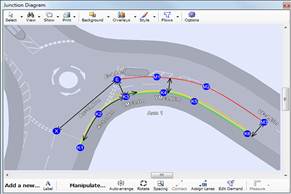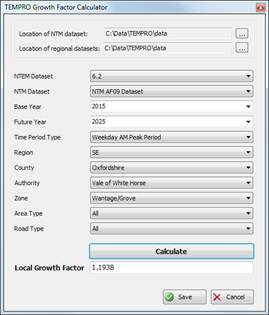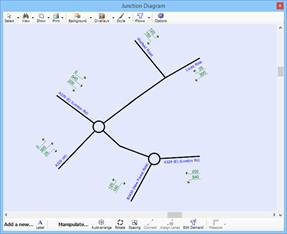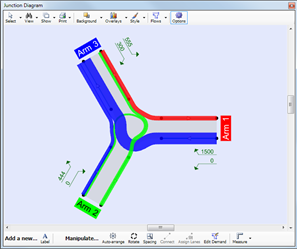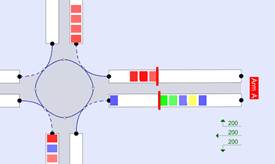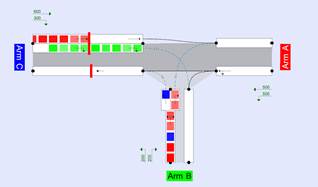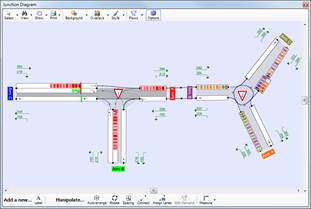Junctions 9 is the latest version of TRL’s industry-standard package for the modelling of roundabout and priority intersections.
Junctions 9 consists of ARCADY 9 (the Roundabout Module), PICADY 9 (the Priority Intersection Module), and OSCADY 9 (the Signalised Intersection Module, available in Junctions 9.5 onwards). These modules are sold and licensed separately.

